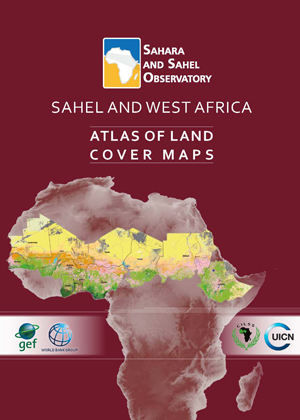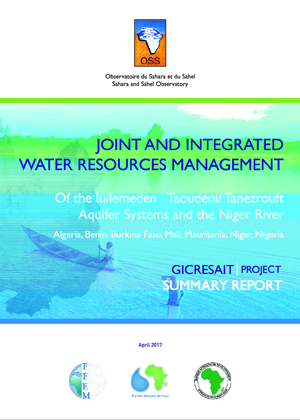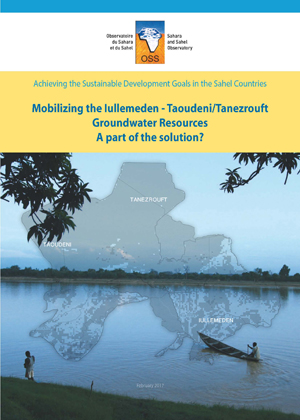Sahel and West Africa | Atlas of Land Cover Maps
This regional atlas of land cover maps is meant to serve as a planning and decision-making tool in support of the Great Green Wall Initiative. It is intended for decision makers, development partners and the public audience. It was designed on the basis of satellite data of 30 meters resolution and covering 12 countries concerned by the Sahel and West Africa program - SAWAp (Benin, Burkina Faso, Chad, Ethiopia, Ghana, Mali, Mauritania, Niger, Nigeria, Senegal, Sudan, and Togo).




